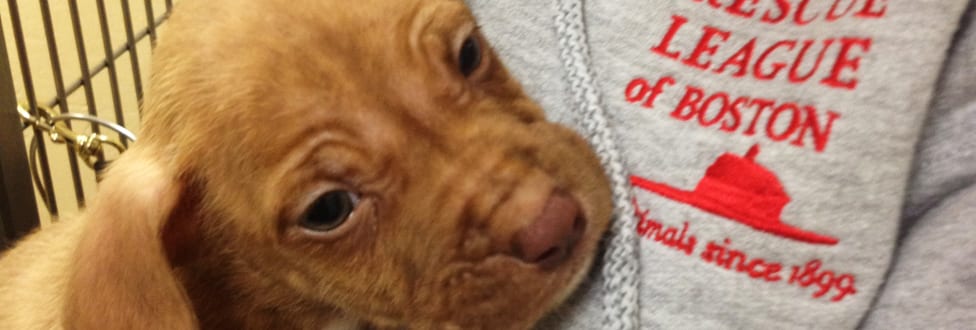Link Between Animal Abuse and Domestic Violence
Studies Show a Correlation Between Animal Abuse and Domestic Violence
In light of the recent Puppy Doe case, we’re discussing the link between animal abuse and domestic violence and why it’s important to say something if you see something.
When you report animal abuse, you are likely helping other members of the family in addition to the animal.
*For example, 71% of women seeking shelter at a safe house for battered partners who reported owning a pet reported that their partner had threatened and/or actually hurt or killed one or more of their pets, although it was not easy for them to discuss.2 In one study, 26 women who had been the subjects of domestic violence reported that their male partners had also verbally and/or physically abused the household pet(s), yet the majority of the women were unwilling to discuss it with their veterinarian.3
Other studies have shown that children who live in violent households are more likely to be cruel to animals. In a survey of 860 college students regarding family violence and animal abuse, 60% of students who reported witnessing or perpetrating animal cruelty as a child also reported experiences with child maltreatment or domestic violence.
DEFINING ABUSE
Animal cruelty, abuse, and neglect are defined differently, according to the intent of the perpetrator. According to the AVMA
- Animal cruelty is any deliberate act that, by intention or neglect, causes an animal unnecessary pain or suffering, including inflicting pain on an animal for the abuser’s enjoyment or amusement.
- Animal abuse is the maltreatment of an animal regardless of the perpetrator’s intent, motivation, or mental condition. The perpetrator’s deliberate intent distinguishes cruelty from abuse.
- Animal neglect is defined as the failure to provide an animal sufficient water, food, shelter, and/or veterinary care; lack of grooming; and lack of sanitation. These failures may be the result of ignorance, poverty, or other extenuating circumstances. This is the most commonly investigated situation.
*This blog post has been reposted from an article called How to Recognize Animal Abuse and What to do About it by the Veterinary Team Brief by Lisa Bourazak, DVM, MPT, Kate Creevy DVM, MS, DACVIM, and Karen Cornell DVM, PhD, DACVS.

